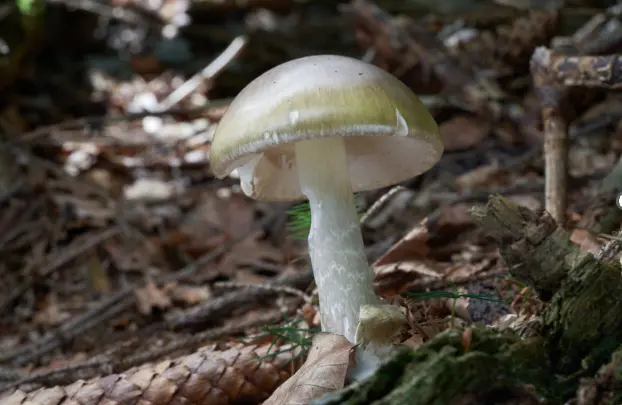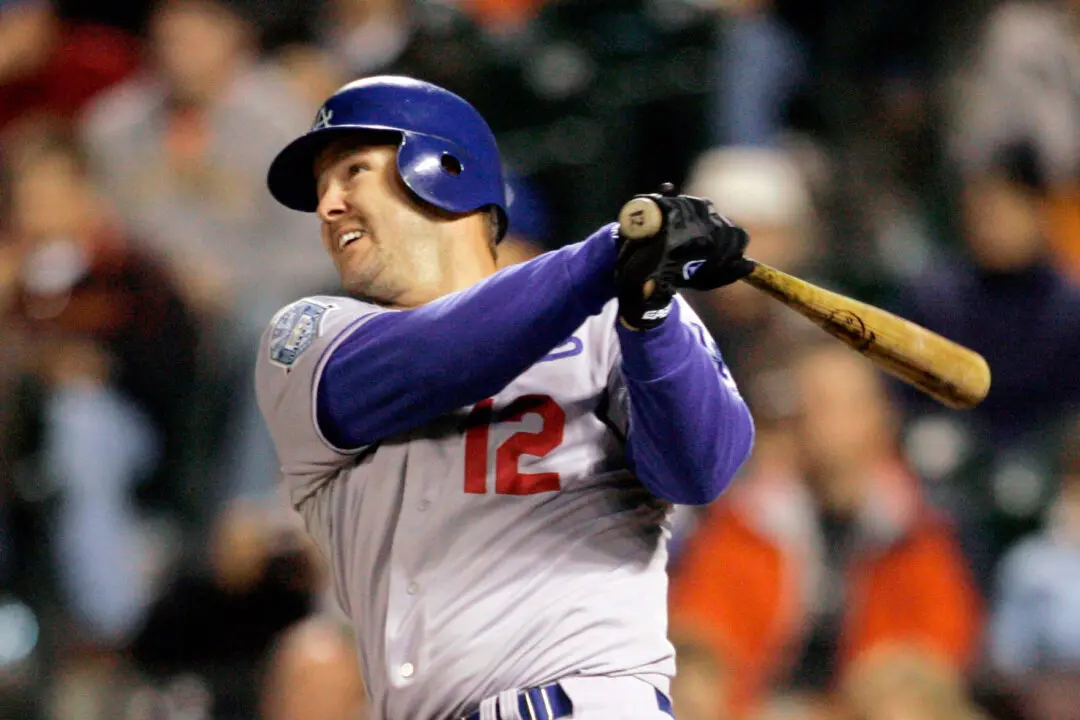RICHMOND, Va.—In the back corner of her yard, hidden behind a new fence, Susan Kennedy Spain recently extracted proof that her latest experiment in sustainable living is working: honey and honeycomb.
Both came from one of two beehives she installed earlier this year, her first attempt at raising bees.
“(My husband) John and I wanted to create an edible landscape,” she said. “We’ve had a vegetable garden. This seemed like a natural next step.”
The Spains are part of a growing but hard-to-define national movement to keep bees in urban areas, and they’re also participating in a honeybee revival movement so important to the nation’s food supply, President Barack Obama seated a task force to find ways to spur it on.
Honeybee Task Force
The White House installed hives in 2009, bringing national attention to the idea of being intentional in providing man-made homes for some of nature’s best, if occasionally misunderstood, pollinators. The hives there went in near first lady Michelle Obama’s vegetable garden.
The federal government’s Pollinator Health Task Force in May released its National Strategy to Promote the Health of Honey Bees and Other Pollinators. It focuses on improving the health of honeybees and Monarch butterflies and includes a pledge to restore or enhance 7 million acres of habitat across the country.
“The strategy also advances ambitious federal commitments to increase and improve habitat for pollinators, both directly through the large variety of facilities and acreages of land managed by the federal government, and indirectly through the leadership role that federal agencies can play in interactions with states, localities, the private sector, and citizens,” it said in a statement signed by Secretary of Agriculture Tom Vilsack and Gina McCarthy, the administrator of the Environmental Protection Agency.
“These actions range from planting pollinator gardens and improving land management practices at federal facilities, to advancing the availability and use of pollinator-friendly seed mixes in land management, restoration, and rehabilitation actions nationwide.”
Beekeeping
Locally, there are half a dozen or more beekeeping clubs and associations. But figuring out how many people participate is difficult, especially since keeping hives is prohibited in many areas.
“The current ordinance is restrictive,” said Tammy Hawley, press secretary for Richmond Mayor Dwight C. Jones.
The most recent wording on the ordinance, she said, labels bees as a nuisance and has them lumped in with rats, mice, and roaches.
But that could change, she said. Jones has advocated for other environmentally friendly ideas, such as community gardens, green building, and bicycle lanes, and Hawley said it might be time to add beekeeping to the list.
“This could be a good example of how usage should be redefined,” she said.
Jones would find plenty of support in the local beekeeping community.





